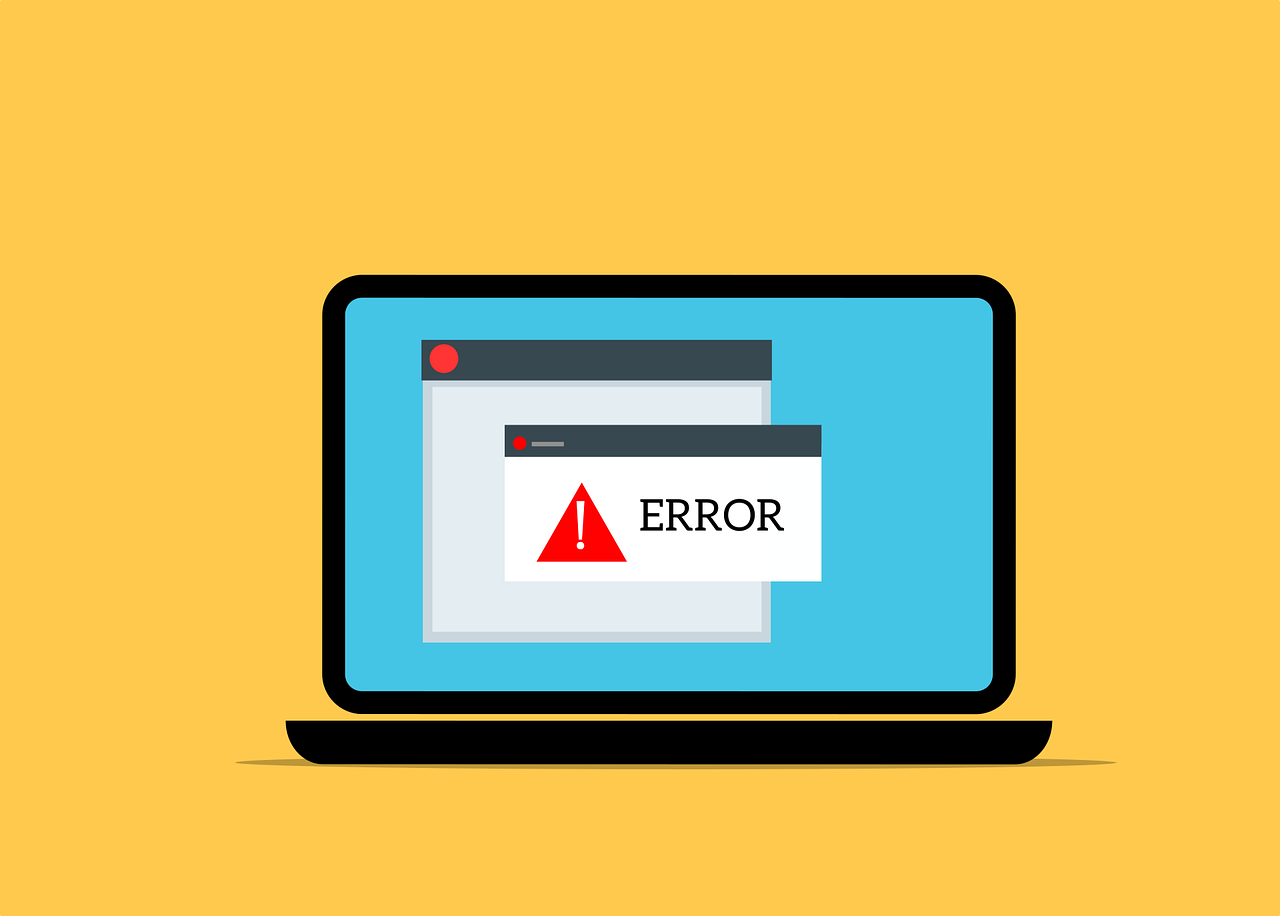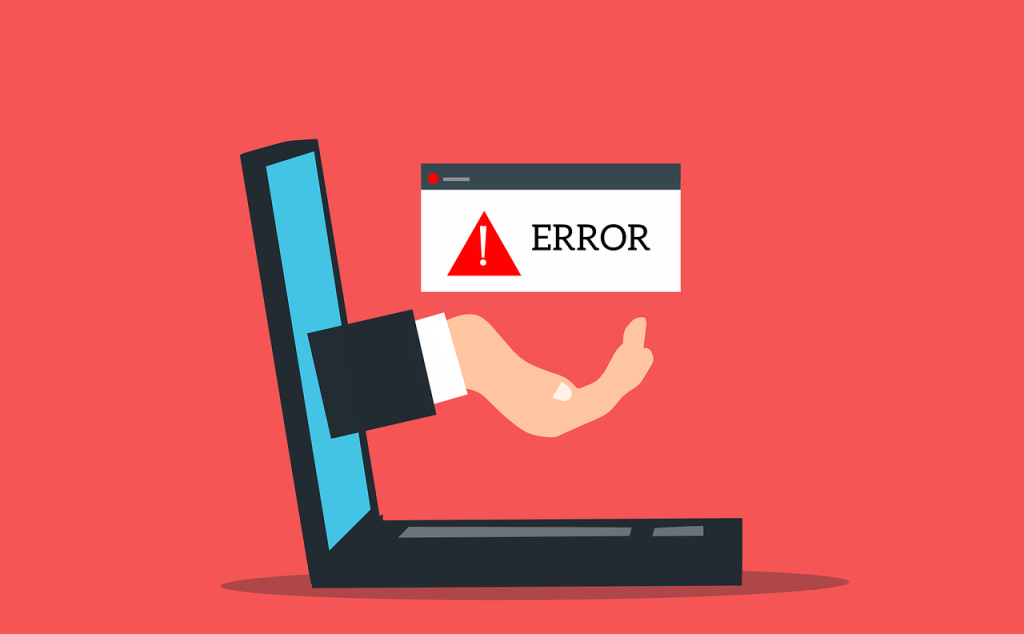Okta is one of the leading Identity and Access Management (IAM) service providers for enterprises around the globe. Okta supports binding identities to digital certificates, but you might encounter one of these common Okta certificate errors that prevent you from maximizing your network security with X.509 digital certificates.
SecureW2 has extensive experience implementing certificate-based authentication (CBA) in Okta environments. Here are some of the major errors users face when rolling out CBA for Okta and their solutions.
1. Error: Could not upload the certificate
This is one of the most common errors faced by customers while uploading certificates into Okta, in both single layout and encryption mode. This error is usually caused by mistakes in the format of the certificate. Fortunately, this error can be fixed by following the given instructions from the Okta support:
Here are instructions for uploading an X.509 certificate into Okta:
- First, open a text editor of your choice.
- Then you need to paste the required format into the text editor.
- After that, replace the [your X509Certificate value] with your certificate value without the X.509 headers.
—–BEGIN CERTIFICATE—–
[your X509Certificate value]
—–END CERTIFICATE—–
- Then save the file with an extension of .cer.
- Lastly, you can now upload this new certificate file into Okta.
You can minimize these errors by using SecureW2’s Managed PKI which helps you generate certificate templates (for lots of different use cases) so that misconfiguration isn’t a problem.
SecureW2’s certificate delivery platform allows end-users to easily enroll their PIV-Backed Smartcards for a unique client certificate. With our GUI interface, managing certificate templates is incredibly easy because it allows admins to edit or delete any templates very easily.
2. Error: “There is a problem with this website’s security certificate” during Okta IWA Web App installation
You might encounter this Okta certificate error when your web browser does not trust the Okta URL. It occurs when you log in to Okta Service Account to complete the Okta IWA Web App installation. It is usually applicable to IWA Desktop SSO, Okta IWA Web App, and Internet Explorer. Fortunately, this error can also be easily fixed by following the given instructions from the Okta support:
- Open Internet Explorer and click on “Tools“ or the gear icon.
- Click on “Internet Options” —> “Advanced“ tab.
- Navigate to the “Security“ tab and remove the check marks on both the “Check for publisher’s certificate revocation” and “Check for server certificate revocation” options.
- Click “OK“ and then click “Apply.”
SecureW2 allows organizations to easily distribute DPI SSL certificates so that organizations can allow their firewalls to decrypt and inspect SSL traffic for threats. Our PKI services allow you to generate your own Root and Intermediate Certificate Authorities, so you can enable your Firewall to inspect the traffic it needs
3. Error: Desktop SSO SSL server’s certificate is not being trusted by clients
You might receive a warning message on your browsers indicating that your Desktop SSO server certificate is not trusted. This usually happens when your desktop SSO server uses a self-signed certificate for authentication.
It can also happen when the name specified in the certificate’s Common Name or SAN field does not match the name in the IWA redirect URL field in the Okta Admin Console’s On-Prem Desktop SSO configuration page.
Fortunately, you can fix this error by following the given instructions from the Okta support:
- At the time of certificate creation, the convention (hostname vs. FQDN) used in the certificate’s Common Name field must match the one used in the IWA redirect URL field in the Okta Admin Console On-Prem Desktop SSO configuration page. It should also match the Host Name field in the HTTPS binding in IIS.
- You can view the certificates by Common Name by double-clicking the certificate in IIS or the Certificate MMC Snap-In. The Common Name is displayed as the Issued to address field of the General tab.
- While using multiple Desktop SSO servers for failover purposes, you can also create a wildcard certificate that can be used on each server within the same domain.
- Wildcard SSL Certificate contains a wildcard character (*) in its domain to enable multiple subdomains referring to the base one.
- You must replace the server’s hostname with * (e.g., *.company.com) while entering the server’s FQDN.
- You must use the server’s FQDN in the IWA redirect URL field in the Okta server.
- If you plan to use the FQDN instead of the hostname, you must add the server’s URL to the clients’ Local Intranet Zone to prevent an authorization prompt from appearing.
- As per this blog, you can also create a group policy to add the URL to all domain-connected Windows systems.
Okta Certificate Management with SecureW2
Although you can fix these certificate errors with the help of the solutions we suggested and the Okta’s excellent customer support., it can still be a hassle for organizations without a comprehensive cybersecurity team. A better alternative would be to use an access control solution that natively integrates with Okta and smooths the entire onboarding process with digital certificates.
SecureW2 offers an innovative solution that provides everything you need to deploy certificate-based 802.1X network authentication in an all-cloud environment. Our advanced policy engines and Dynamic cloud RADIUS can easily communicate with your cloud directory and enforce user policies at the time of authentication.
We have affordable options for organizations of all sizes. Click here to see our pricing.




